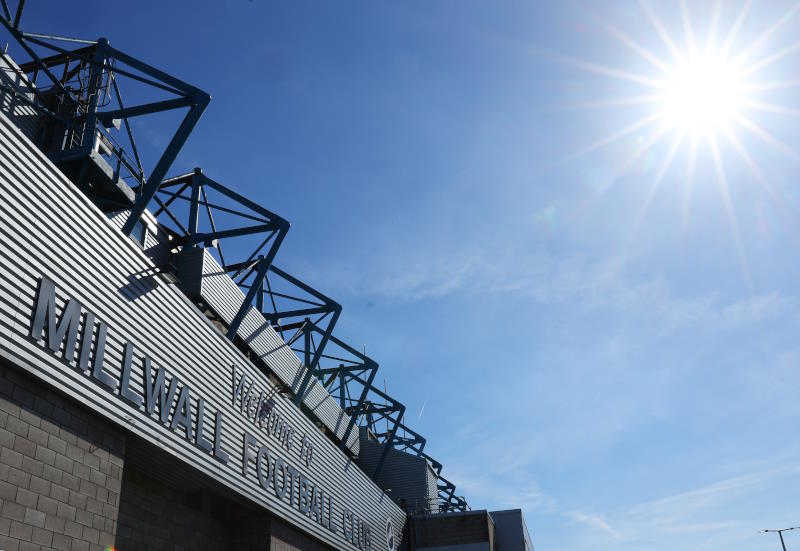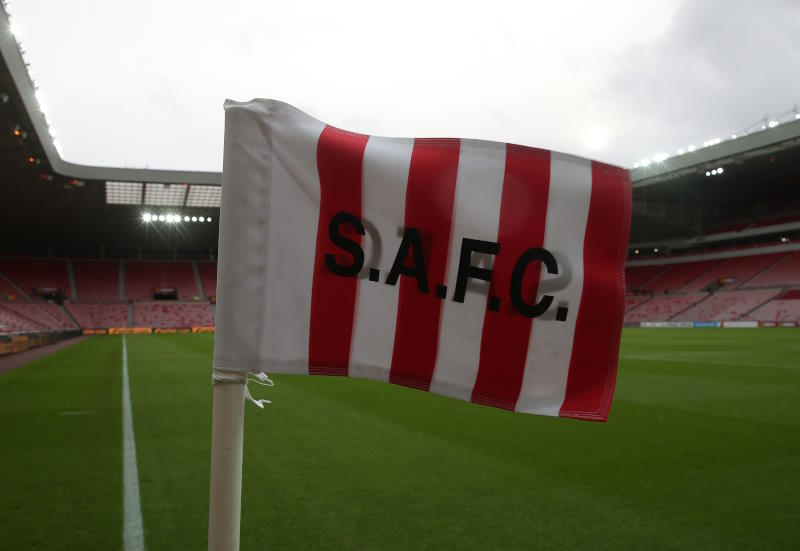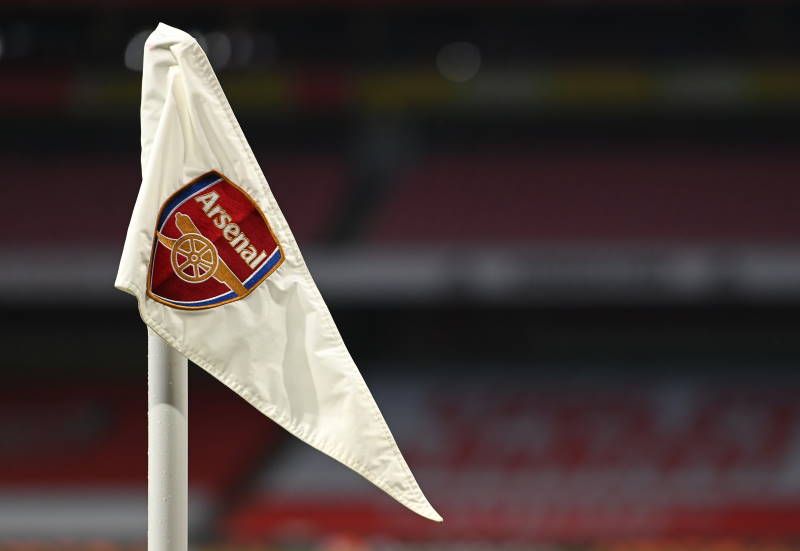
Iain Russell*
This Sunday, Scotland’s National Stadium will take centre stage as the first domestic trophy of the season is decided. Rangers will play St. Mirren in the Co-operative Insurance Cup final at Hampden Park. Proud managers Walter Smith and Gus MacPherson will lead their troops out onto the pitch after preparing their sides all week for battle.
However, as the fans fill the famous stadium there will be a familiar feel to the match. Incredibly, this will be the sixth time the two clubs have met this season.
The stifling nature of the Scottish league system where teams play each four times is damaging the game, and with only one team promoted each year to the top flight clubs know each others game inside out.
Fans are the life and soul of any football club, but is there any motivation for these supporters to watch the same teams visit their stadium at least two times every year? Has the tired product run its course? Is it time to reform the 12 team Scottish Premier League?
The SPL was formed in September 1997 and began its first season in August '98. Ten clubs made up a new league which governed itself. The Scottish game ended up with three governing bodies, the SFA (Scottish Football Association), the newly formed SPL and now the SFL (Scottish Football League) for the lower leagues. The decision to break away was fuelled by a desire on the part of the top clubs to retain most of the revenue generated in the game.
For two seasons the SPL selfishly left the lower leagues to suffer with limited income. They restricted promotion to the Premier League to one team each season and only if that team satisfied SPL rulings of stadium criteria, i.e. 10,000 all seater stadiums, under-soil heating. This left many clubs who tried to meet these demands in serious financial difficulty.
However, in 2001 the SPL decided to increase the number of teams to 12. This was their way of trying to seek approval from the SFL member clubs, still only allowing one promotion place to the top league.
The SPL then set up a complex system where after 33 games the league would split in half, leaving a top six and a bottom six. Clubs would then play a further five matches against the other teams in their respective half of the division. This results in each club playing a total of 38 league matches.
Per capita, more people in Scotland watch domestic league football than any other nation in Europe. Don’t these loyal fans deserve a well structured fresh and exciting league? In the past eight years the Scots have had some fantastic seasons, but has this been down to luck rather than design?
There has been a growing appetite in the Scottish game to freshen the stagnant league set-up. Pressure is mounting on league officials to make changes and increase the league sizes after UEFA's recent coefficient standings for places in European competition were announced. Scotland has fallen one place to 16th thus losing one of its two Champions League places to Belgium.
With the Champions League being a major source of income, the game can ill afford to lose the money and the recognition that Europe's showpiece competition provides. European club tournaments have been a massive success and have attracted worldwide audiences. This success can be partly down to UEFA continually restructuring the format of both the Champions League and the UEFA Cup.
And so, the SPL should follow the lead of UEFA who have restructured their tournaments in order to keep them exciting. There seems to be very little difference in quality between the bottom six of the Premier League and the majority of the First Division clubs, which would suggest a healthy level of competition.
One of many club managers in favour of reform is Hearts boss Jim Jefferies, who recently expressed his opinion on the league set-up, claiming sides playing each other four times a season is having a detrimental effect on the Scottish game.
Jefferies explained “I’ve been shouting about it for ages, there are some good clubs in the First Division with good facilities”. This seems a fair point with many clubs in the lower leagues having the infrastructure and fan base to make the step up.
He then added: “The quicker we get back to playing home and away, the better, I think – whatever the size of league or format. Playing each other four times has had its day”.
The governing bodies must look at all options and ideas to bring a new impetus to the game. With 42 current members in Scottish football it will be impossible to please everybody, but how long can clubs survive if attendances continue to drop?
How can Scottish football encourage fans back to watch their beloved teams? Not even the prospect of the Old Firm coming to town can fill stadiums anymore.
One of Scottish football's most publicised signings in recent history has been that of Robbie Keane. Keane made his debut away to Kilmarnock which brought an air of excitement across the Ayrshire town. However, before Keane returns to Tottenham Hotspur after his loan spell he will have played Killie at least another two times. Fans are bored and who can blame them.
Surely playing teams only twice a season will bring freshness and variety to the game. Increasing the SPL to 16 teams would mean 30 league games a season, playing each other once at home and once away. The League Cup and Scottish Cup would be unaffected by this change, as also would be teams playing in Europe. This seems a more exciting prospect and with plenty of new teams and more derbies to be played this should produce an upturn in attendances.
The new set-up could see three of the 16 clubs relegated to the First Division at the end of each season, with the top two of that league being promoted and the last spot to the top tier being decided in a playoff between teams from 3rd-6th. Relegation again would be three teams into the Second Division where the same set-up of promotion would again be used.
At the bottom of the Second Division, Scotland has to finally introduce a pyramid system. Three clubs would be relegated and replaced by clubs from leagues around the country. There has to be an incentive for teams who play in the Junior, Highland and all the other leagues around Scotland to be promoted in the new format.
With this only being one of many ways of restructuring the leagues, another option would be an 18 team Premier League, there are several ways of bringing excitement into the set-up and by introducing playoffs and having multiple relegation places this would keep the various divisions interesting.
In this time of economic recession the Scottish game has to move forward to keep fans interested. Restructuring the leagues might just be what the game needs to bring it back to life.
*Iain Russell is a striker for Scottish First Division side Greenock Morton
Related Articles:
- – Scottish Football Must Look Again at Winter Shutdown
- – Grassroots Football in Scotland Report: St. Mirren YFC
- – Can Levein Dig Scotland Out of International Hole?












